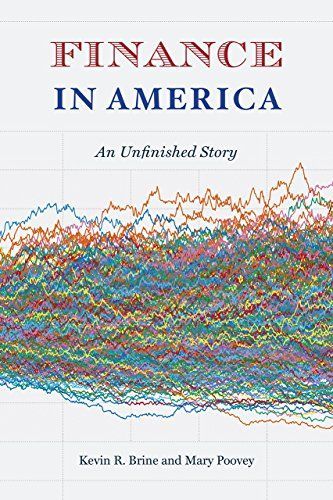
Finance in America An Unfinished Story
The history of what we call finance today does not begin in ancient Mesopotamia, or in Imperial China, or in the counting houses of Renaissance Europe. This timely and magisterial book shows that finance as we know it--the combination of institutions, regulations, and models, as well as the infrastructure that manages money, credit, claims, banking, assets, and liabilities--emerged gradually starting in the late nineteenth century and coalesced only after World War II. Kevin Brine, a financial industry veteran, and Mary Poovey, a historian, lay bare the history of finance in the United States over this critical period. They show how modern finance made itself known in episodes such as the 1907 Bankers' Panic on Wall Street, passage of the Federal Reserve Act in 1913, and the marginalist tax policies adopted by the federal government in the 1920s. Over its long history, the distinctive feature of modern economics has been its reliance on mathematical modeling; Brine and Poovey show how this reliance came about, and how economists themselves understand it. "Finance in America: An Unfinished Story" provides the long view that we need to advance our national conversation about the place of finance. The story is unfinished because the 2009 financial crisis opened a perilous new chapter in this history, with reverberations that are still felt throughout the world. How we arrived at this most recent crisis is impossible to understand without the kind of history that Brine and Poovey provide here.